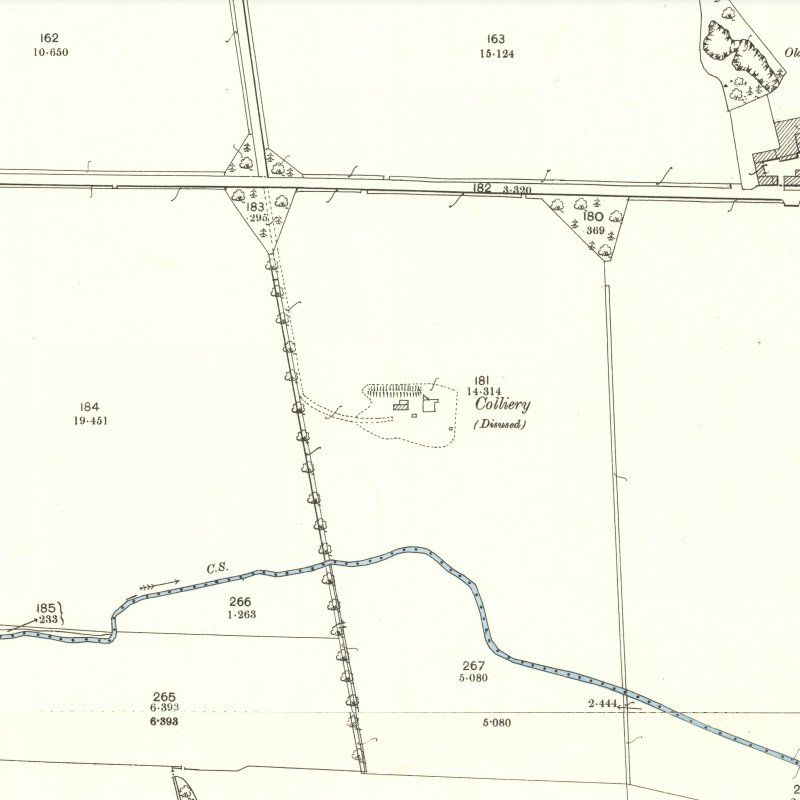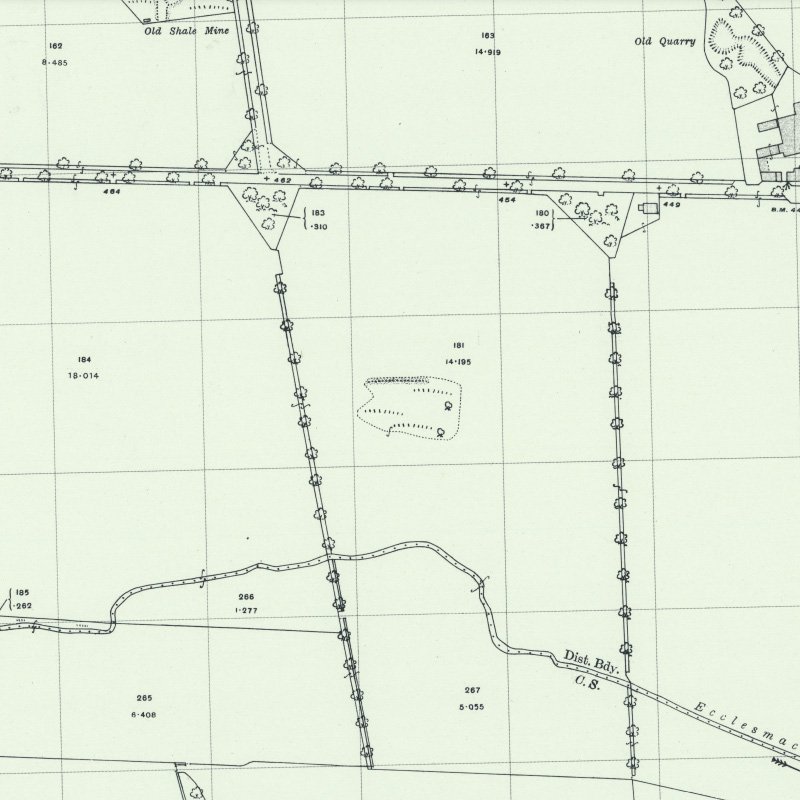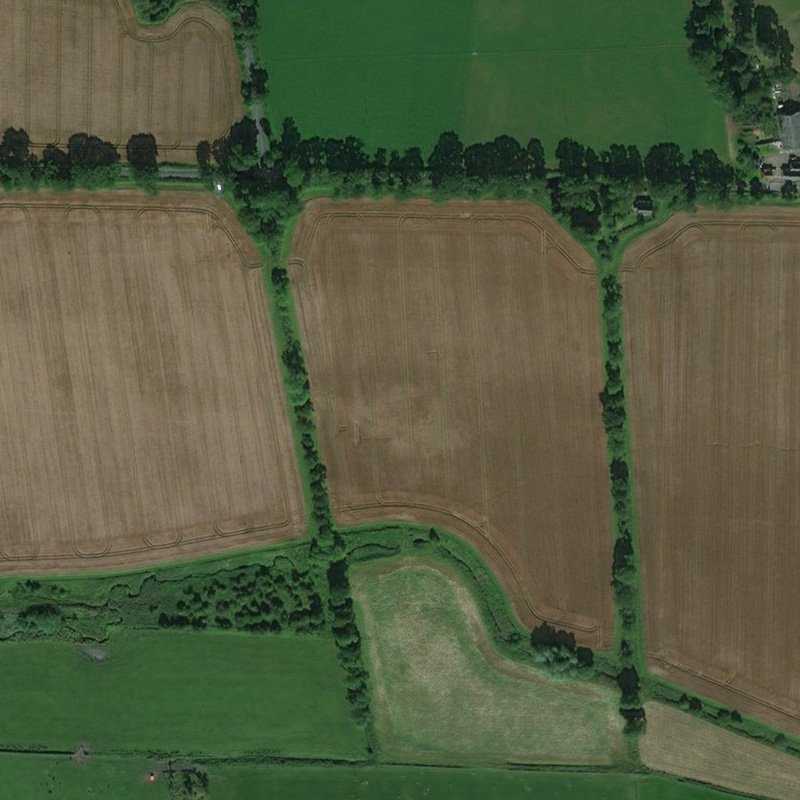- Addiewell No.1 pit
- Addiewell No.1 mine
- Addiewell No.2 pit
- Addiewell No.2 mine
- Addiewell No.3 pit
- Addiewell No.3 mine
- Addiewell No.4 pit
- Addiewell No.5 pit
- Addiewell No.6 pit
- Addiewell No.18 mine
- Albyn mine
- Alderstone No.43 mine
- Baads No.9 pit
- Baads No.15 pit
- Baads No.17 mine
- Baads No.22 pit
- Baads No.23 pit
- Baads No.42 mine
- Boghall No.1 pit
- Boghall No.2 coal pit
- Boghall No.3 pit
- Boghall No.4 pit
- Boghall "Raeburn" mine
- Breichdykes pits
- Breich No. 1 & 2 pits
- Burngrange No. 1 & 2 pits
- Burngrange No. 39 mine
- Burntisland No.1 mine
- Burntisland No.2 mine
- Burntisland No.3 mine
- Burntisland No.4 mine
- Carledubs mine
- Champfleurie mine
- Cobbinshaw No.1 & 2 mines
- Cobbinshaw No.5 mine
- Cobbinshaw South No. 1 pit
- Cobbinshaw South No.28 mine
- Cobbinshaw South No.3 mine
- Cobbinshaw (West Calder Oil) pit
- Cousland No.1 mine
- Cousland No.2 mine
- Crossgreen No.1, 2, & 3 mines
- Cuthill No.24 coal mine
- Dalmeny No.1 pit
- Dalmeny No.2 pit
- Dalmeny No.3 pit
- Dalmeny Railway No.1 & 2 mines
- Deans (Caputhall) mine
- Deans No.1 mine
- Deans No.2 mine
- Deans No.3 mine
- Deans No.3 mine & quarry (W.L.O.C.)
- Deans No.4 mine
- Deans No.4 pit
- Deans No.5 mine
- Deans No.6 mine
- Deans No.7 mine
- Drumcrosshall No1. & No.2 mines
- Drumshoreland Muir pit
- Duddingston No. 1 & 2 mines
- Duddingston No.3 mine & quarry
- Dunnet or Sandholes mine
- Dunnet's mine, East Hermand
- Easter Breich coal mine
- Easter Breich No.1 & 2 pits
- Fivestanks mine
- Fivestanks; unidentified mine
- Forkneuk No.1 & 2 pits
- Forkneuk No.38 mine
- Forkneuk No.9 & 10 pits
- Fraser pit
- Gavieside No.1 pit
- Gavieside No.2 pit
- Gavieside No.3 pit
- Gavieside No.40 mine
- Grange No.1 & 2 pits
- Grange No.3 pit
- Greendykes North mine
- Greendykes South mine
- Greenfield No.1 pit
- Greenfield No.3 mine
- Hartwood mine & coal pit
- Hayscraigs mines and quarries
- Hermand mine
- Hermand (Murray's pool) mine
- Hermand No.5 pit
- Hermand No.6 mine
- Hillend coal pit
- Holmes mine
- Hopetoun No.35 pit
- Hopetoun No.4 mine
- Hopetoun No.1 pit
- Hopetoun No.2 pit
- Hopetoun No.3 mine
- Hopetoun No.41 (Fawnspark) mine
- Hopetoun No.44 mine
- Hopetoun No.5 pit
- Hopetoun No.6 (Glendevon) mines
- Hut mines and quarry
- Ingliston No.33 pit
- Ingliston No.36 & 37 pits
- Lawhead No.1 mine
- Limefield No.32 mine
- Livingston quarries
- Mid Breich No.2 mine
- Mid Breich No.3 pit
- Mid Breich No.4 pit
- Mortonhall No.10 mine
- Mortonhall No.9 mine
- Muirhall No.16 coal mine
- Muirhall No.19 coal pit
- Newbigging No.1 & 2 mines
- Newfarm No.3 & 4 mines
- Newliston No.29 mine
- North Cobbinshaw mine
- Oakbank: Calder wood mine
- Oakbank No.1 & 2 pits
- Ochiltree Colliery - north
- Ochiltree Colliery - south
- Ochiltree No.2 mine
- Ochiltree No.3 mine
- Ochiltree No.5 mine
- Ochiltree No.6 mine
- Pentland No.1 & 2 mines
- Philpstoun No. 1 mine
- Philpstoun No. 1 (Whitequarries) mine
- Philpstoun No. 2 mine
- Philpstoun No. 3 mine
- Philpstoun No. 4 (grey) mine & quarry
- Philpstoun No. 4 mine
- Philpstoun No. 5 mine
- Philpstoun No. 6 (Whitequarries) mine
- Philpstoun No.7 mine
- Polbeth No. 8 pit
- Polbeth No.10 pit
- Polbeth No. 11 pit
- Polbeth No. 20 mine
- Polbeth No. 21 mine
- Polbeth No. 26 mine
- Polbeth No. 27 mine
- Polbeth No. 31 mine
- Polbeth No. 7 & 7½ pits
- Pumpherston No.1 mine
- Pumpherston No.2 mine
- Pumpherston No.3 mine
- Pumpherston No.4 mine
- Pumpherston No.5 mine
- Pumpherston No.6 mine
- Pyothall No.5 pit
- Redhouse No.1 coal mine
- Roman Camp (Cawburn) mine
- Roman Camp No.1 mine
- Roman Camp No.3 mine
- Roman Camp No.4 pit
- Roman Camp No.5 mine
- Roman Camp No.6 mine
- Roman Camp No.7 mine
- Roman Camp (north) No.2 mine
- Roman Camp (south) No.2 mine
- Rosshill No.1 & 2 mines
- Seafield coal mine
- Seafield No.1 mine
- Seafield No.3 mine
- Stankards No.1 pit
- Stankards No.45 mine
- Stewartfield No.1 mine
- Stewartfield No.1 pit
- Stewartfield No.2 mine
- Stewartfield No.2 pit
- Stewartfield No.3 pit
- Stewartfield No.4 pit
- Straiton No.1 & 2 mines
- Straiton No.3 pit & No.3 mine
- Straiton No.4 mine
- Straiton No.8 mine
- Strathbrock collieries
- Tarbrax No.1 pit
- Tarbrax No.2 pit
- Tottleywells No.1 mine
- Viewfield coal pit
- Viewfield No. 4 & 5 pits
- Westwood No.12 pit
- Westwood No.1 & 2 pits
- Westwood No.13 pit
- Westwood No.30 pit
- Woolfords colliery
Ochiltree Colliery - south
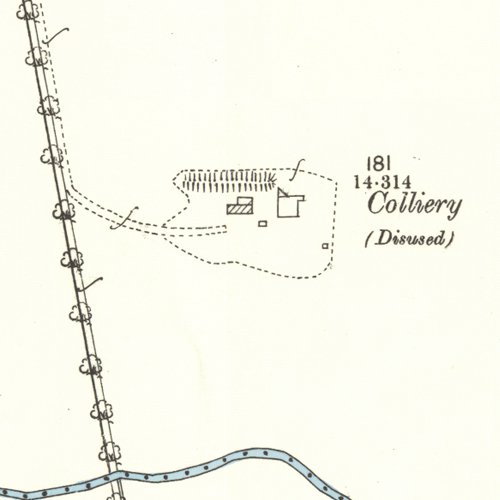
Vertical shaft to the Houstoun coal
Serving Champfleurie Oil Works
At the first AGM of the Linlithgow Oil Company, held in August 1885, it was announced;
"They had now a colliery on the Ochiltree property, from which they expected to be able to supply the present necessities of the works in the way of fuel. That was a very exception thing regarding an oil work; but he was glad to be able to say that they were able to get coal, which meant a very considerable saving to them."
This colliery at Ochiltree lay on the southern face of a considerable ridge running east to west, along the top of which ran the Ochiltree road. The oil works lay three quarters of a mile to the north, on the north face of the ridge. Coal therefore had to be hauled up the south face of the ridge, climbing about 50 ft, before crossing the Ochiltree road, and then dropping about 120ft to the works.
A manuscript report in the BP collection indicates that a hutch road (tramway) was installed to link the coal mine to the oil works, but this was only ever intended to be a temporary facility. The horse-drawn hutch road climbed the ridge, crossed the Ochiltree road on the level, and followed the verge of Ochiltree to Bridgend road as far as the brick works. From here the hutches descended by a gravity-worked incline to the works. The crossing of the public road was agreed with the Linlithgowshire Road Trustees;
"The state of the Auldhill road from Bridgend to Ochiltree was considered; also a communication from the Linlithgow Oil Company, offering to make a hutch road from their coal works along side the present road." (The Scotsman, 6th February 1886)
"It was reported that an arrangement had been made with the Linlithgow Oil Company in regards to their level crossings and hutch road." (The Scotsman, 10th April 1886)
With the high cost of transport by temporary hutch road, it soon proved cheaper to buy-in coal supplies, and the Ochiltree colliery was closed in 1888. The manuscript report (probably written in the late 1890's) indicates that the Road Trustees had refused to allow a level crossing of the Ochiltree road by a more efficient permanent tramway or haulage, insisting that a bridge be constructed to carry the tramway beneath the road. The oil company considered this did not warrant the investment. In about 1900, the oil company drove a new mine (termed here "Ochiltree colliery - north" ) which linked to the workings of the earlier colliery.
Mapped by the Ordnance Survey of c.1897, showing southern colliery site.
Drawing & images

Detail from an image of the Linlithgow and Stirlingshire Hunt Cup at Oatridge, from the collection of sporting photographs held by the National Library of Scotland. It shows the two chimney stalks of the southern colliery site.

From "Sections of Shale Seams", a notebook by Robert Crichton. BP Archive 183734
Recent images
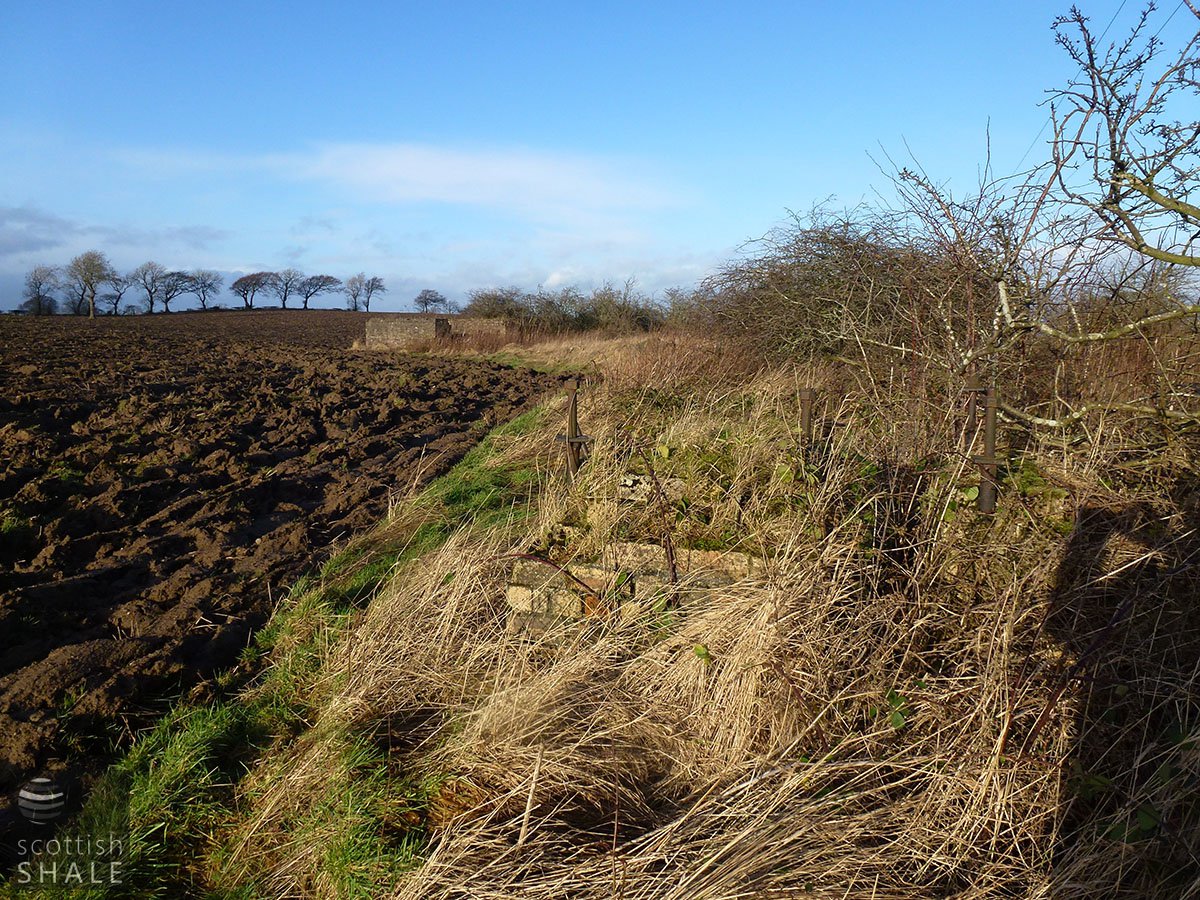
Brick machinery plinths, with foundation bolts. Looking north west. January 2012.

Heavy brick plinths, seen in the background of previous image. Looking north west. January 2012.
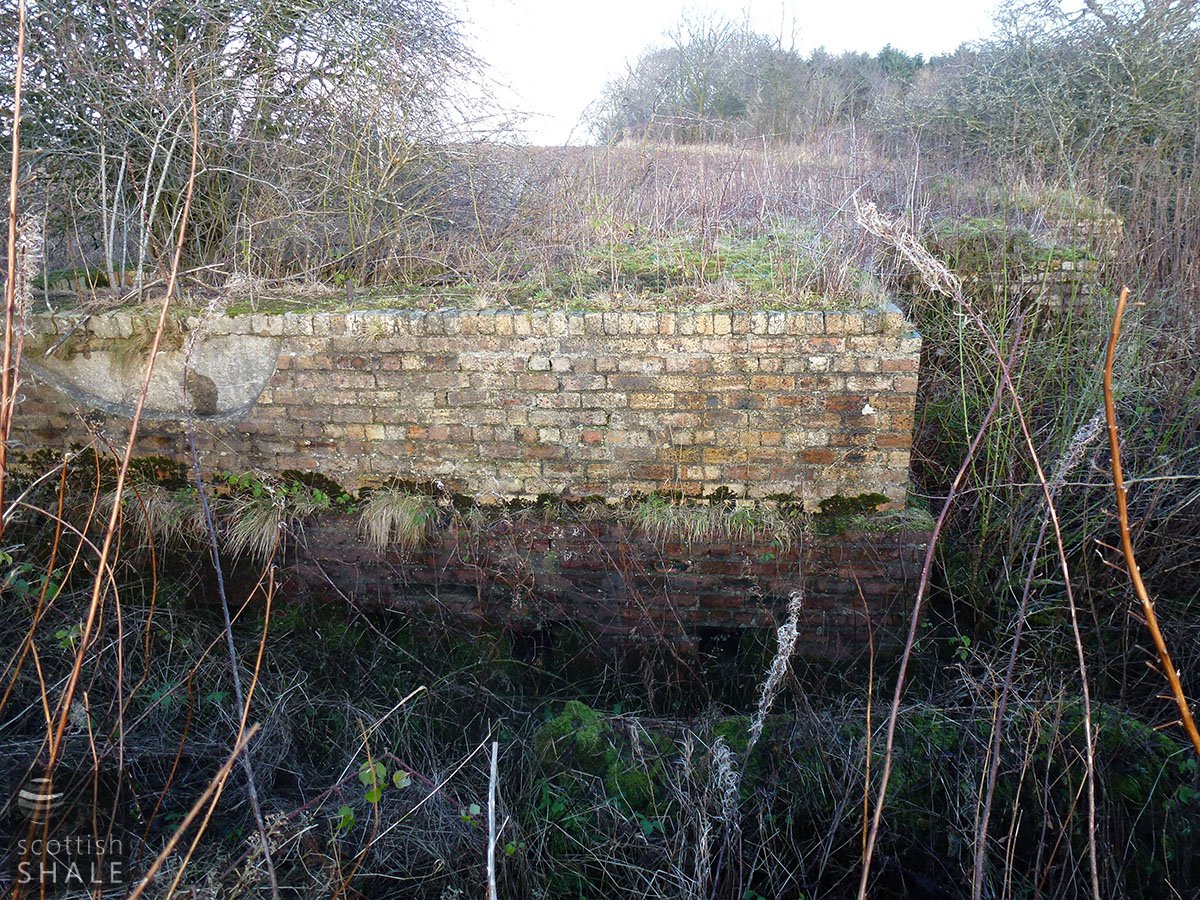
Engine house and substructure? The ground continue to fall to the right and enters a brick-line adit, now partly collapsed. Looking north. January 2012.

Detail seen from previous image. This cut-out brickwork lies at the head of the incline and might have accommodated haulage machinery. January 2012.
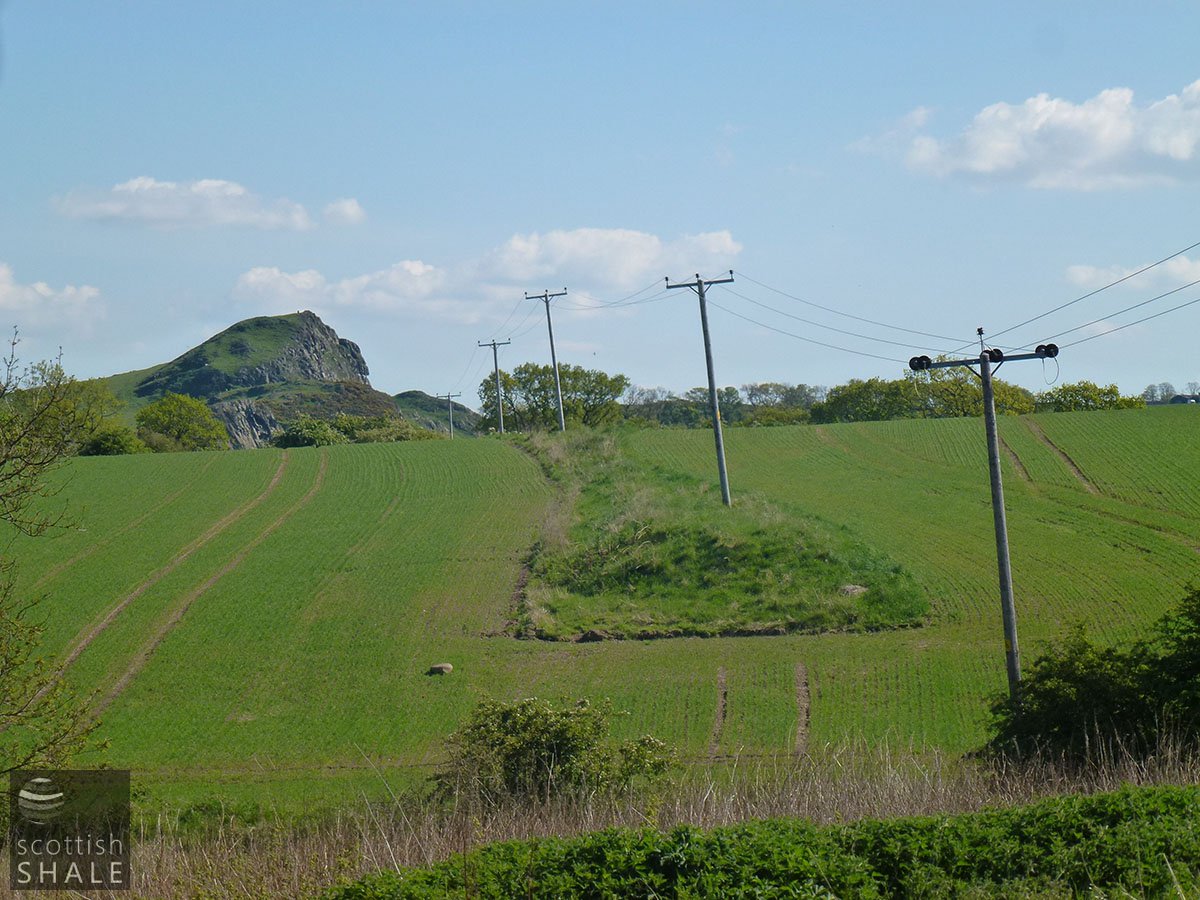
Route of tramway leading south from the mine, with Binny Craig on the horizon. Looking south. May 2012.
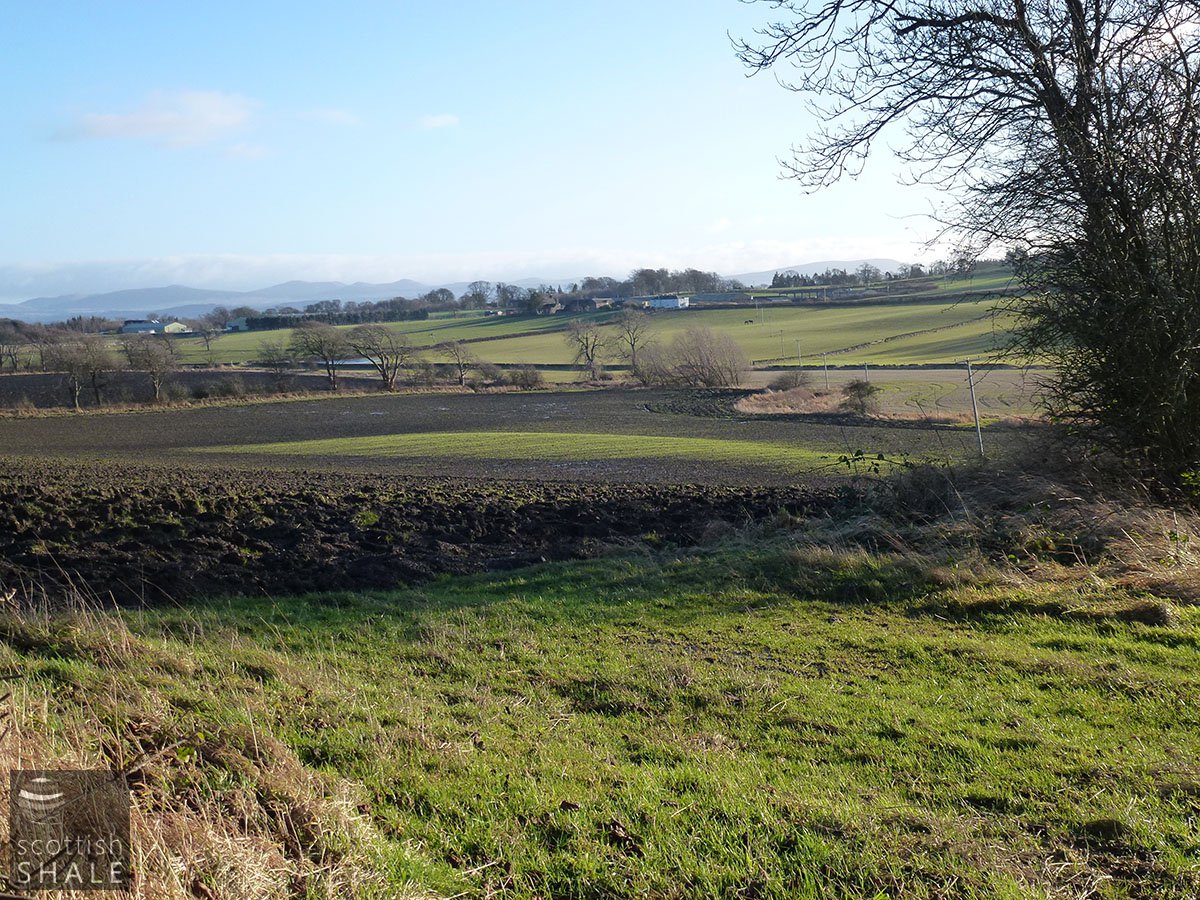
View across the site of the southern colliery, marked by the green area within the ploughed field. Looking south east. May 2012.
...at the foot of Binny Craig themself, a long disused coal-pit, of which the chimney still remains, on the farm of Little Ochiltree. The pit was long worked by the Linlithgow Oil Company for steam coal, till competition produced better coal at a lower price elsewhere.
Linlithgowshire Gazette, 18th April 1902
.......
On the west side of the basin, a little to the west of Little Ochiltree, the Linlithgow Oil Company drove two mines into this coal and used it for furnace and retort purposes.
Oil Shales of the Lothians; British Geological Survey, 1906


